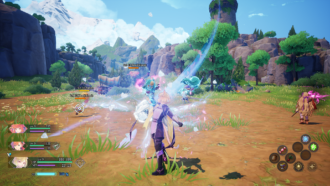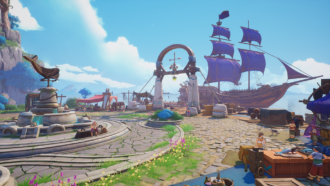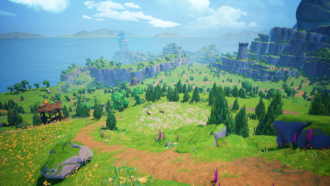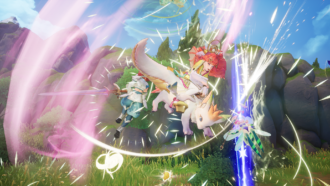While Mana is a long-running franchise, a Final Fantasy spinoff that quickly developed its own identity, it’s not as prominent as it was in the 90s. Recent remakes and remasters reminded us of how innovative this series once was, but Visions of Mana aims to bring it to the modern era. I had a chance to play the early chapters of Visions of Mana ahead of launch, and came away enjoying the experience much more than I expected to.
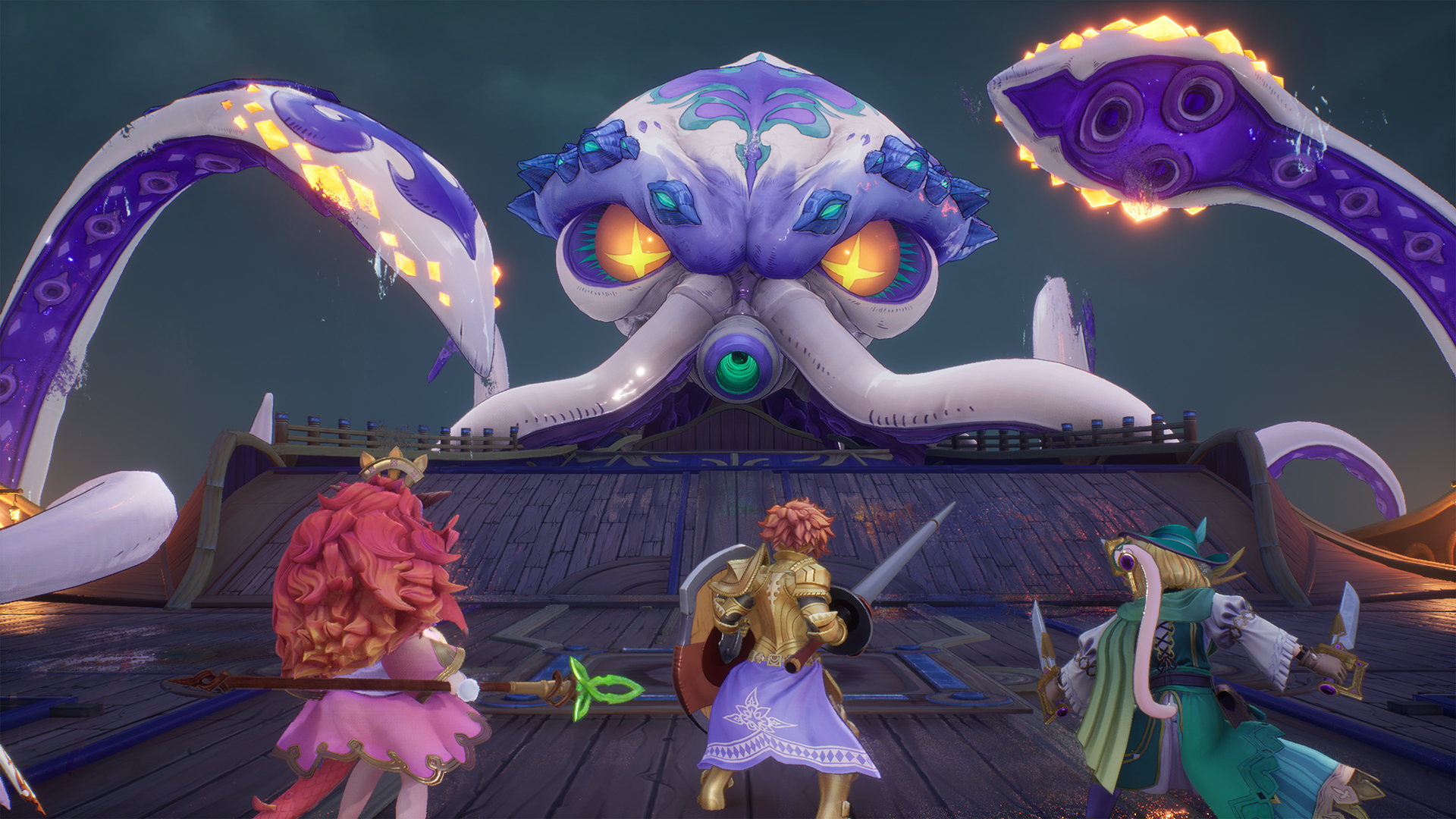
The story is perhaps reminiscent of other RPGs, but Visions of Mana puts its own spin on it. In this fantasy world, each town or kingdom is the domain of one of eight elements. Once every 4 years, a chosen one representing each element, the Alms, must travel to the sacred Tree of Mana to sacrifice themselves so the world doesn’t end for another 4 years. It’s a bleak world to live in, but since everyone is raised to love the system, being chosen as an Alm is a prestige that many actually want. It’s a fascinating way to explore concepts like duty and death from an interesting angle.
Our protagonist is Val, who himself is chosen as the Soul Guard, the warrior who leads the Alms’ pilgrimage to the Mana Tree. When Val’s best friend (and obvious love interest) Hinna becomes the Alm of Fire, the two of them begin the pilgrimage to gather the Alms. Hinna is the resident healer who doesn’t actually participate in combat, but rather heals and buffs you while you do the hard work. In our section of the game, we met three other party members who join you in combat, each with compelling stories that further highlight the themes Visions of Mana wants to cover. Unlike previous games, you have no control of the story (at least not in the opening chapters), but the story there is boldly and confidently told.
If you played 2020’s Trials of Mana remake, the action combat in Visions is largely similar, if not faster-paced. You’ve got light and heavy attacks and a handy dodge. The franchise’s trademark ring menu pauses combat at any time to use items and abilities, but they can also be mapped to face buttons via a shortcut menu. Abilities are gained through collectable Ability Seeds, which cover active and passive abilities, and each character can only carry two of them at once. Combat is deliberately simplistic at the start of the game, even with the swappable abilities, but that’s where the class system comes in.
“Each Vessel grants a unique class to each character.”
Throughout the story, the party will find eight Elemental Vessels, and joining with a Vessel lets Val and the gang change classes. Each class has their own permanently unlockable skills, gives each character a whole new outfit, and changes the way they control in battle. The first one, the Vessel of Wind, transforms Val from a shortsword-wielding rookie into a Rune Knight with a mighty greatsword. His attacks become slower, but much wider, and he now has a unique Class Strike (limit break) that you can unleash once you’ve filled its gauge. The Vessels are also functional in battle, for example, the Wind Vessel traps an enemy in a small tornado that flings powerful arcs of wind at other enemies if you whack it enough.
If you were to give the Wind Vessel to another character, they would Sailor Moon-style transform into a completely different class with different abilities and combos, since Rune Knight is exclusively Val’s wind class. Each Vessel grants a unique class to each character. It’s a juicy system where you can’t help but switch classes around just to see what new toys you’ll get to play with. I only had 2 Vessels for the majority of my time with Visions, so someone always had to go commando, but I can only imagine what wacky classes await in the full game.
Outside of battle, Visions of Mana presents an absolutely gorgeous RPG world, with a richly detailed art style reminiscent of Ni No Kuni or Dragon Quest XI. Each location is broken up by loading screens, but each is striking and unique, and packed with different kinds of collectables to find, including four different types of currency, one of which I haven’t found a use for yet. Don’t worry, there’s no microtransactions here. You are almost always rewarded for jumping around and going off the beaten path, and blue spots on the map function like question marks in The Witcher 3, encouraging you to go everywhere.
The Elemental Vessels are useful in traversal as well. At specific locations, the Wind Vessel can conjure a huge torrent of wind that can carry you to heights you can’t reach any other way, or give you access to optional combat challenges strewn across the map. Each Vessel grants a different traversal ability, which implies that backtracking will take you to new places down the line.
Visions of Mana makes a strong start, and makes fantastic impressions in combat, exploration, and story in a way that promises more variety to come. Hopefully the rest of the game can keep up with the promise. 2024 has already brought us some amazing JRPGs, let’s see if Visions can join the club.
Visions of Mana releases August 29 on PS4, PS5, WIndows, and Xbox Series X|S.
